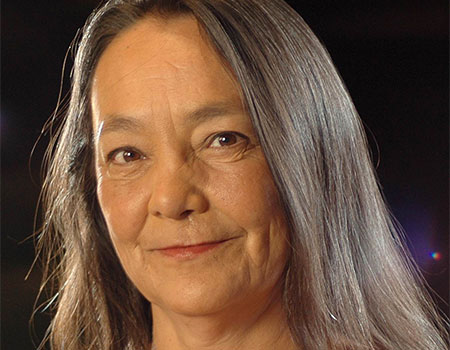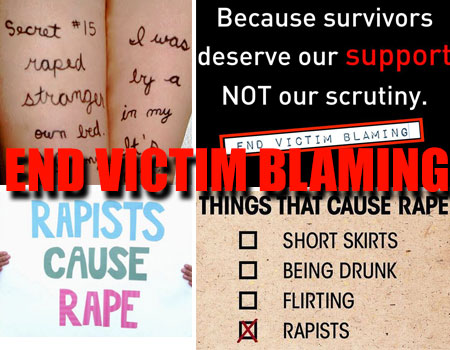
MAKE A CHANGE
What’s common with each of these situations: accusations against Jian Ghomeshi and Bill Cosby, Rehtaeh Pearson’s suicide, and the rape of Jyoti Singh in India?
The answer is victim blaming.
April 3 is the International Day against Victim Blaming, which helps to raise awareness for survivors who are in some way blamed for what happened to them. Blaming victims serves as a barrier for a survivors’ access to safety resources and support. If we continue with this culture, we deter survivors from coming forward and reporting the abuse to authorities or accessing services such as shelters and counsellors. This becomes dangerous because victim blaming reinforces the abuser’s claims against them: that it was the victim’s entire fault. The survivor should never be blamed for anything that happens to them. In fact if society does not change how they view situations it allows for the abuser to continue to abuse, rape and sexually assault other potential victims.
Women and children who are told that the situations they find themselves in are their fault tend not to access shelters, such as Nellie’s Shelter, to find safety. This barrier not only stops at finding safe spaces, but when rape cultures is embedded in society it can be experienced with the police and in the court system.
In a poll, conducted in Ontario, by Interval House one in three men and one in seven women still believe there is a possibility for someone to bring violence upon themselves. The Social Justice committee at Nellie’s Shelter has always taken a stand against victim blaming and actively supports an annual event that speaks out against such behaviour, “SlutWalk”, which was a response to a cop who publicly stated: “women should avoid dressing like sluts in order not to be victimized”. You can read an interview conducted by Nellie’s Shelter with SlutWalk organizer Colleen Westendorf.
We live in a culture of woman blaming, whether it has to do with the “appropriate” clothing or code of behaviour, etc.
You can show support for the International Day against Victim Blaming on April 3, 2015 by:
– Taking part in Slut Walk to send a message about the harm of rape culture
– Talk about the topic when you have felt blamed by someone or have blamed others
– Tweet about victim blaming with the following hashtags #BeenRapedNeverReported, #Apr3, #IDAVB, #EndVictimBlaming
– Share statistics of sexual assault in your country
– Reach out to a survivor of abuse and let know it was not their fault
– Dissuade friends from using rape jokes
Related articles:
http://stoprelationshipabuse.org/educated/avoiding-victim-blaming/
http://www.feminist.com/resources/ourbodies/viol_blame.html
http://www.canadianwomen.org/blog/stop-victim-blaming
http://www.huffingtonpost.ca/lisa-yeung/beenrapedneverreported-sexual-assault-rape_b_6128638.html
http://mic.com/articles/32561/5-things-you-can-do-on-the-international-day-against-victim-blaming


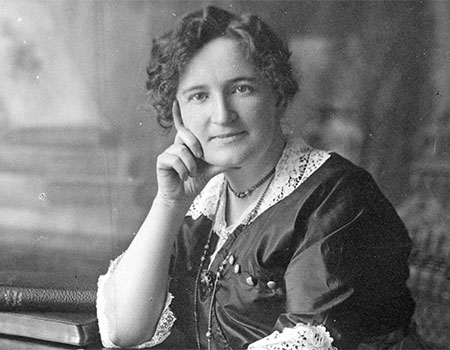
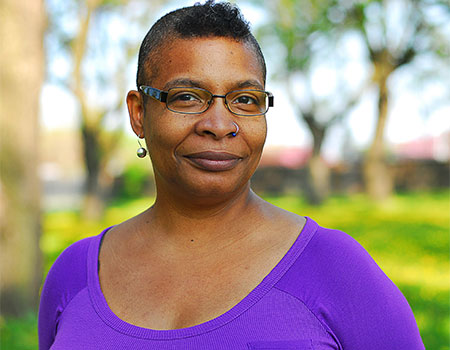
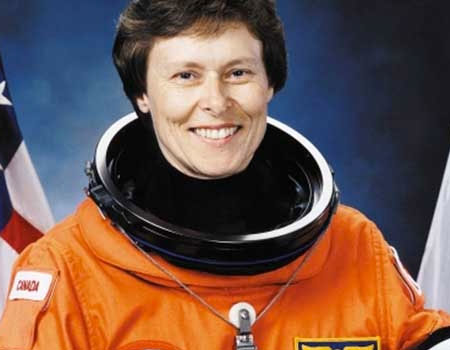
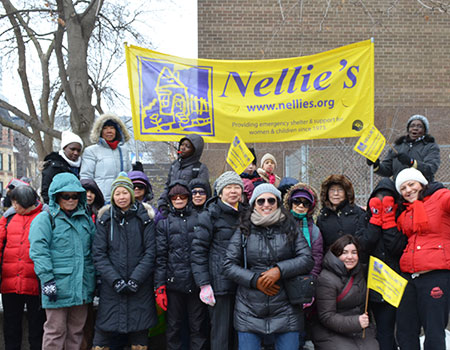 International Women’s Day has been observed since in the early 1900’s, a time of great expansion and turbulence in the industrialized world that saw booming population growth and the rise of radical ideologies
International Women’s Day has been observed since in the early 1900’s, a time of great expansion and turbulence in the industrialized world that saw booming population growth and the rise of radical ideologies